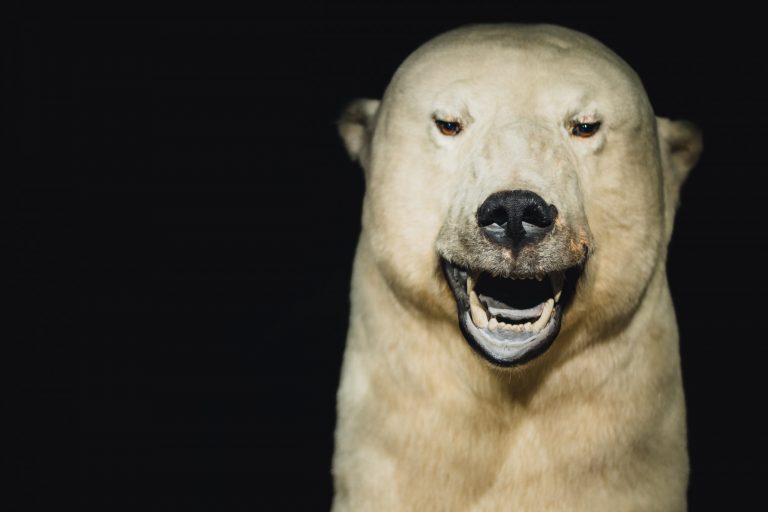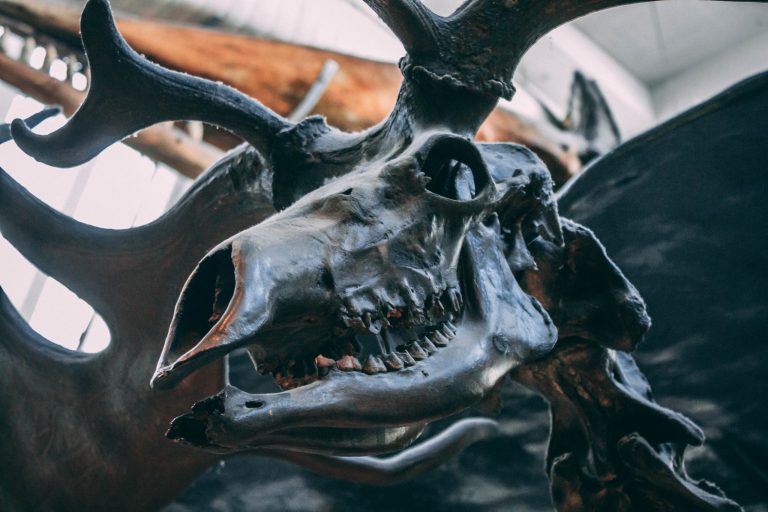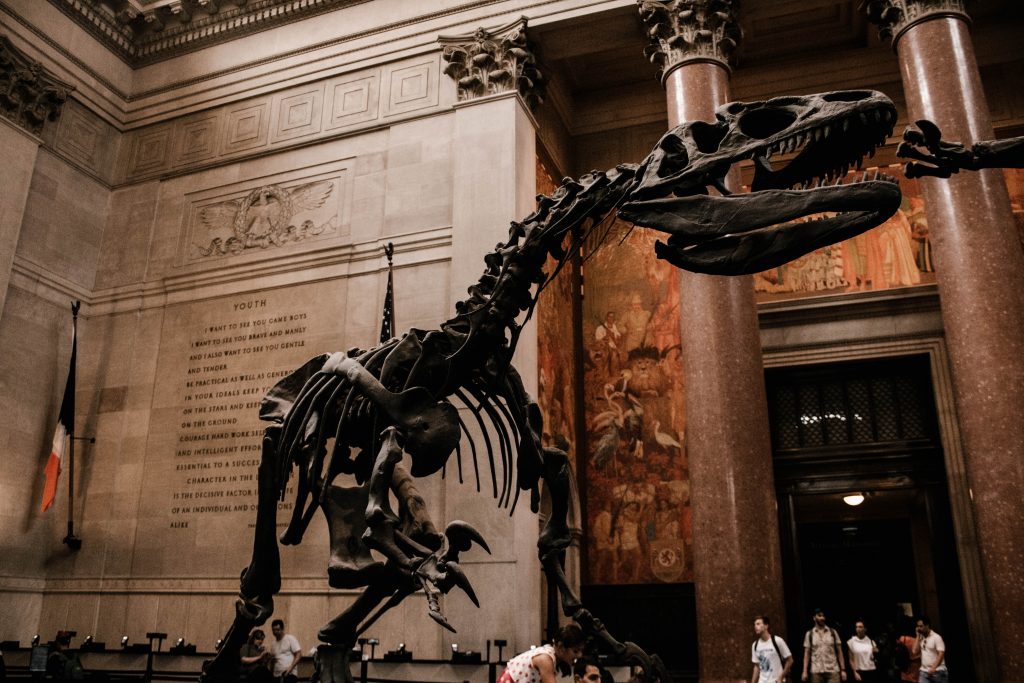It doesn’t really matter whether you visit a natural history museum in New York, London, or somewhere in Prague; every place has its own unique aura. Whether you admire long-buried ancient cities, monumental architectural masterpieces, or skeletons of giant prehistoric creatures, the best natural history museums hook every visitor from those actually going to kindergarten to those who are simply young at heart.
The best thing about these repositories of the natural world’s wonders is that they have nothing in common with the places with horrible taxidermy and dusty fossils. Today, natural history museums have loads of star attractions that go beyond conventional exhibits. There’s work that helps us know more about crucial issues like the preservation of species, global warming, and changing ecosystems all over the globe. For students exploring these topics in depth, reliable history assignment help can provide valuable academic support and enhance their understanding of the past’s connection to today’s environmental and cultural issues.
Below, you’re welcome to browse a list of some of the best natural history museums to add to your how-to-spend-a-weekend cultural list.
The University of Alaska Museum of the North
- Location: Fairbanks, Alaska
If you’d love to discover some big things about Alaska, the doors of the University of Alaska Museum of the North are wide open for you. As part of the University of Alaska Fairbanks, the museum is both a research and teaching center. Over two million artifacts and specimens make the museum’s research collection a thriving visitor attraction. The research and collection center includes areas like Archaeology, Ethnology & History, a Film Center, Fine Arts, Fishes, Genomic Resources, a Herbarium, Mammalogy, Ornithology, etc. Those who want to learn more about the diverse wildlife, wonderful architecture, natural wonders, and culture of the North are welcome to visit the museum 7 days a week.

The Science Museum of Minnesota
- Location: St Paul, Minnesota
Being one of the most popular science museums in the state of Minnesota, the Science Museum of Minnesota is located in downtown Saint Paul. Every year, students from every county of the state visit the museum to enjoy spectacular movies on a giant screen, special exhibits, and various events that make educational programs much more exciting. Students of all academic levels will 100% find something fascinating – from exhibits like the “Dinosaurs & Fossils” gallery that demonstrates ancient creatures’ remains to “RACE: Are We So Different”, where you can learn the science behind the human race. There’s no doubt that even the most boring disciplines will become more engaging and, who knows, maybe even spark a lifelong love of science.
The Field Museum of Natural History
- Location: Chicago, Illinois
With its incredible “Chicago” exhibits, the Field Museum is an integral part of the world’s scientific community. At the moment, the Field Museum collection includes 40 million specimens.
Since 1921, the museum has always been both an interactive and innovative cradle of science. All the visitors who would like to know more about the well-known museum are welcome to check out the YouTube channel of the American science communicator and educator Emily Graslie.
The best thing about the place is that students, kids, and adults have an opportunity to take part in various science projects that are family-friendly. Thus, visitors of all ages can have fun and learn about nature, its oddities, and its wonders.
The American Museum of Natural History
- Location: New York, NY
New York City is home to countless cultural landmarks, but no list would be complete without the iconic American Museum of Natural History. Situated just steps away from Central Park, this world-renowned institution offers an unforgettable journey through time and nature.
Upon entering, visitors are greeted by an intriguing allosaurus and a towering barosaurus mother, setting the stage for an epic scientific adventure.
A Vast Collection of Natural Wonders
Recognized as the largest natural history museum in the world, the American Museum of Natural History houses over 30 million specimens, spanning fossils, cultural artifacts, and rare minerals. With five expansive levels, the museum feels like an endless labyrinth of discovery, where every turn reveals something extraordinary.
Must-see exhibits include:
- The colossal titanosaur, a life-sized cast of the largest land animal to ever walk the Earth
- Monolithic human figures from Easter Island, showcasing ancient Polynesian culture
- The Hall of Human Origins, featuring the remains of early humans and tracing the evolution of our species
Fans of the hit fantasy-comedy film Night at the Museum can immerse themselves in a real-life version of Ben Stiller’s adventures with a self-guided tour inspired by the movie. Visitors can explore exhibits featuring some of the most famous characters from the film, while also learning fascinating facts about history and science.
Rather than relying solely on textbooks or seeking outside help for history essays, students and history enthusiasts can experience the past firsthand through interactive displays and awe-inspiring collections.

The Natural History Museum of Los Angeles County
- Location: Los Angeles, California
As the largest natural history museum in the western United States, the Natural History Museum of Los Angeles County boasts one of the most extensive gold collections in the country.
Visitors can embark on fascinating tours that feature some of nature’s most breathtaking treasures, including:
- The largest known ammonite in the world
- A pregnant plesiosaur fossil, showcasing prehistoric life in astonishing detail
- Ice Age fossils that provide insight into the ancient world
Beyond its remarkable exhibits, the museum offers spectacular 3D shows that bring to life the mighty creatures that roamed Earth more than 50,000 years ago. Whether you’re a science enthusiast, a history buff, or a curious learner, this museum delivers an extraordinary educational experience.
The Smithsonian National Museum of Natural History
- Location: Washington D.C., USA
With over 146 million artifacts and specimens, the Smithsonian National Museum of Natural History stands as one of the most visited and prestigious natural history museums in the world.
Some of its most famous exhibits include:
- The Hope Diamond, one of the most famous and mysterious gemstones in existence
- The 11-ton African elephant, Henry, a centerpiece of the museum’s grand rotunda
- The Bone Hall, home to an incredible collection of vertebrate skeletons
- The Butterfly Pavilion, filled with vibrant and exotic species
- Ancient mummies and tombs, offering a glimpse into the world of Egyptology
The museum provides an unparalleled opportunity to engage with the biggest natural wonders on the planet, making it an essential stop for visitors of all ages.
The Carnegie Museum of Natural History
- Location: Pittsburgh, Pennsylvania
For over a century, the Carnegie Museum of Natural History has been a leading center for research, conservation, and education. Established in 1895, it remains one of the top natural history research institutions in the world.
The museum houses more than 22 million specimens across 20 dynamic galleries, offering an unforgettable learning experience. Highlights include:
- The Hall of North American Wildlife, where visitors can explore diverse ecosystems and learn about the continent’s rich biodiversity
- The Hillman Hall of Minerals and Gems, featuring an exquisite display of rare minerals and gemstones
- Fossil exhibits that transport visitors back to the era of the dinosaurs and Ice Age mammals
Whether you’re a student, educator, or simply someone passionate about science and nature, this museum provides a captivating and educational journey through time.





